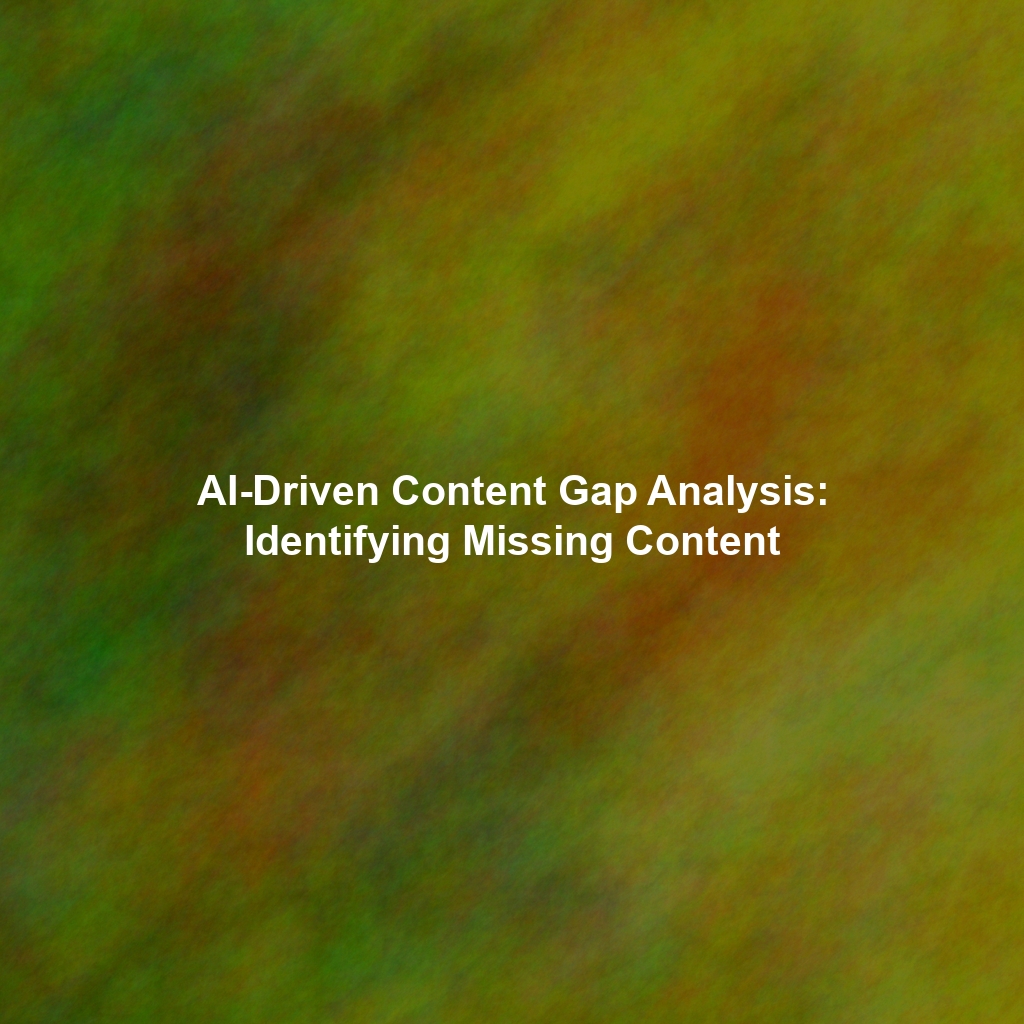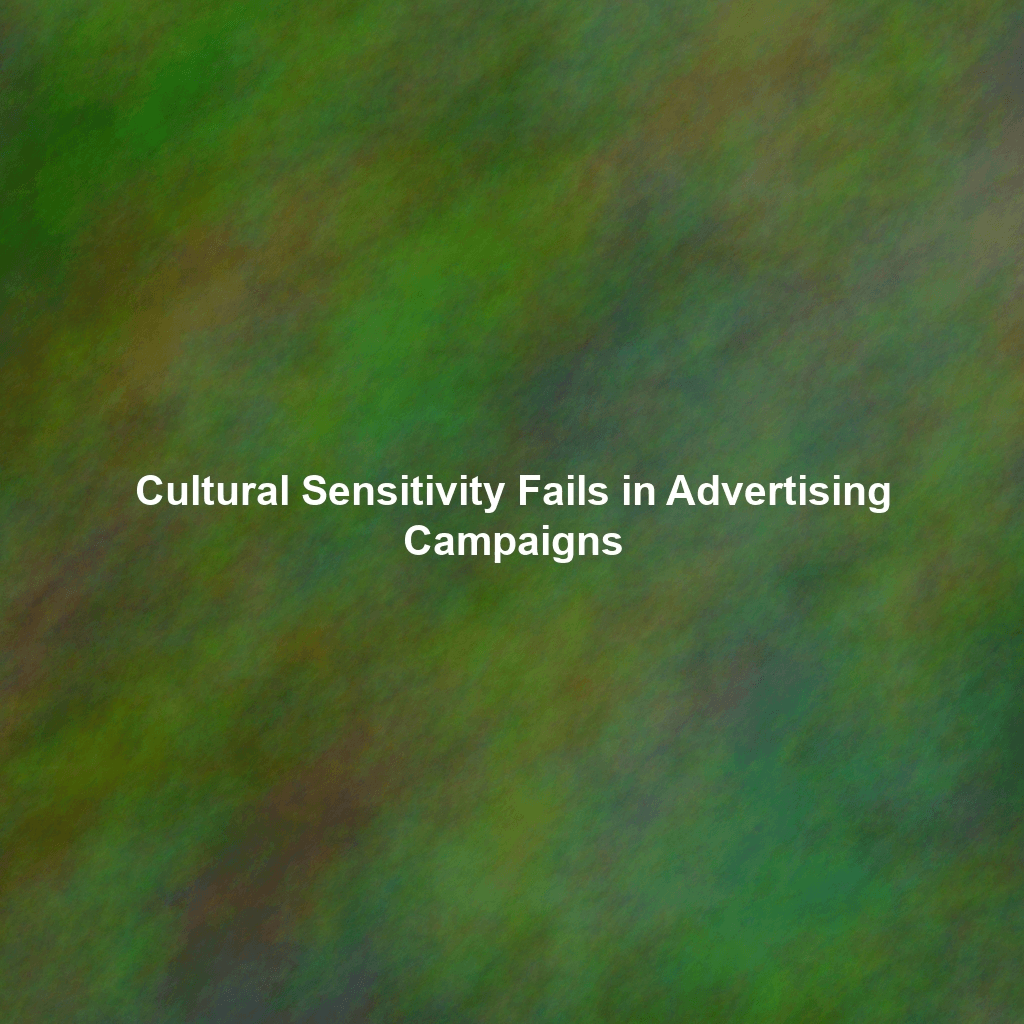The Accessibility Gap: Who Are We Excluding?
Before delving into the specifics, it’s crucial to understand the scope of the audience we’re talking about. When we discuss accessibility, we’re referring to making your digital content usable by people with disabilities. This includes, but isn’t limited to:
- Visual Impairments: Individuals who are blind, have low vision, or color blindness.
- Auditory Impairments: People who are deaf or hard of hearing.
- Motor Impairments: Those with limited mobility, making it difficult to use a mouse or keyboard.
- Cognitive Impairments: Individuals with learning disabilities, attention deficits, or memory issues.
- Speech Impairments: People who have difficulty speaking or communicating verbally.
Collectively, this represents a substantial portion of the population. Statistics vary, but studies consistently show that over 15% of the world’s population lives with some form of disability. By ignoring accessibility, you’re potentially alienating a significant chunk of your target market and losing valuable business.
Common Accessibility Problems in Digital Marketing
Website Accessibility: The Foundation of Inclusive Marketing
Your website is often the first point of contact for potential customers. If it’s not accessible, you’ve already lost them. Some common website accessibility issues include:
- Lack of Alternative Text (Alt Text) for Images: Screen readers, used by individuals with visual impairments, rely on alt text to describe images. Without it, images become meaningless blank spaces.
- Poor Color Contrast: Insufficient contrast between text and background makes content difficult to read for people with low vision or color blindness.
- Keyboard Navigation Issues: Users who cannot use a mouse rely on keyboard navigation. Websites must be designed to be fully navigable using the keyboard alone.
- Missing or Incorrect Heading Structure: Proper heading structure (H1, H2, H3, etc.) helps users understand the content hierarchy and navigate efficiently.
- Lack of Captions or Transcripts for Video and Audio Content: People who are deaf or hard of hearing need captions for videos and transcripts for audio content.
- Inaccessible Forms: Forms should be properly labeled and structured to be easily filled out using assistive technologies.
- Unclear or Ambiguous Link Text: Links should clearly indicate where they lead. Avoid generic phrases like “click here.”
- Inadequate Focus Indicators: When navigating with a keyboard, a clear visual indicator should show which element currently has focus.
- PDF Accessibility Issues: PDFs often lack proper tagging and structure, making them difficult for screen readers to interpret.
Email Marketing Accessibility: Reaching Everyone’s Inbox
Email marketing remains a powerful tool, but accessibility considerations are often overlooked. Common email accessibility problems include:
- Missing Alt Text for Images: Similar to websites, images in emails require alt text.
- Poor Color Contrast: Use sufficient contrast between text and background to ensure readability.
- Lack of Semantic HTML: Use proper HTML structure to ensure emails are properly interpreted by assistive technologies.
- Complex Table Layouts: Avoid overly complex table layouts, as they can be difficult for screen readers to parse.
- Large Font Sizes and Clear Formatting: Use readable font sizes and clear formatting to improve readability.
- Unclear Subject Lines: Subject lines should be concise and informative to help users understand the email’s purpose.
Video Accessibility: Making Your Content Accessible to All
Videos are engaging, but only if everyone can understand them. Improve video accessibility through:
- Captions: Accurate captions are crucial for deaf and hard-of-hearing viewers.
- Transcripts: Provide a downloadable transcript for users who prefer to read the content.
- Audio Descriptions: Describe visual elements in the video for visually impaired viewers.
- Clear Audio: Ensure the audio is clear and easy to understand, free from background noise.
Why Accessibility Matters: More Than Just Compliance
While legal compliance (e.g., the Americans with Disabilities Act – ADA) is a significant driver for accessibility, the benefits extend far beyond avoiding lawsuits. Here’s why accessibility should be a priority for every digital marketer:
- Expanded Reach: As mentioned earlier, you’re tapping into a significantly larger audience by making your content accessible.
- Improved User Experience (UX): Accessibility often translates to better usability for everyone, regardless of disability. Clear navigation, logical structure, and readable content benefit all users.
- Enhanced SEO: Search engines prioritize websites that offer a good user experience. Accessible websites tend to rank higher in search results. For example, providing alt text for images not only helps visually impaired users, but also provides search engines with valuable context.
- Positive Brand Image: Demonstrating a commitment to accessibility showcases your company’s values and builds a positive brand reputation. Customers are increasingly drawn to businesses that are inclusive and socially responsible.
- Increased Conversions: An accessible website is easier to use, which can lead to higher conversion rates and increased sales.
- Reduced Legal Risk: By complying with accessibility standards, you minimize the risk of legal action related to discrimination against people with disabilities.
- It’s the Right Thing to Do: Ultimately, making your digital marketing accessible is the ethical and responsible thing to do. Everyone deserves equal access to information and opportunities.
Practical Solutions: Implementing Accessibility in Your Digital Marketing
Implementing accessibility doesn’t have to be overwhelming. Here are some practical steps you can take:
- Learn the WCAG Guidelines: The Web Content Accessibility Guidelines (WCAG) are the internationally recognized standard for web accessibility. Familiarize yourself with these guidelines and use them as a framework for your accessibility efforts.
- Conduct Accessibility Audits: Regularly audit your website and other digital content to identify accessibility issues. Use automated testing tools and manual reviews to get a comprehensive assessment.
- Use Accessibility Checkers: Implement accessibility checkers in your content management system (CMS) to identify potential issues during content creation.
- Provide Accessibility Training for Your Team: Educate your team about accessibility best practices and empower them to create accessible content.
- Involve People with Disabilities in Your Testing: Get feedback from people with disabilities to ensure your content is truly accessible and usable. User testing is invaluable.
- Create an Accessibility Statement: Publish an accessibility statement on your website outlining your commitment to accessibility and providing contact information for reporting issues.
- Choose Accessible Tools and Platforms: Select tools and platforms that have built-in accessibility features or are designed to be accessible.
- Prioritize Accessibility in Your Design Process: Incorporate accessibility considerations from the beginning of your design process, rather than as an afterthought.
- Use Semantic HTML: Employ proper HTML tags to structure your content logically. This aids screen readers and improves SEO.
- Focus on Clear and Concise Language: Write in plain language that is easy to understand for everyone.
Conclusion: Embrace Accessibility for a Brighter Digital Future
Accessibility in digital marketing is not just a trend; it’s a fundamental requirement for creating a truly inclusive and effective online presence. By addressing accessibility issues, you’re not only complying with legal requirements and expanding your audience, but you’re also improving the user experience for everyone, enhancing your brand image, and driving better business results. It’s time to shift from viewing accessibility as a burden to embracing it as an opportunity. The future of digital marketing is accessible, and the businesses that prioritize inclusivity will be the ones that thrive. Start your accessibility journey today and unlock the potential of a wider, more engaged audience.
 Skip to content
Skip to content


Social Media Accessibility: Connecting with a Wider Audience
Social media platforms offer vast reach, but accessibility is often an afterthought. Key areas for improvement include: